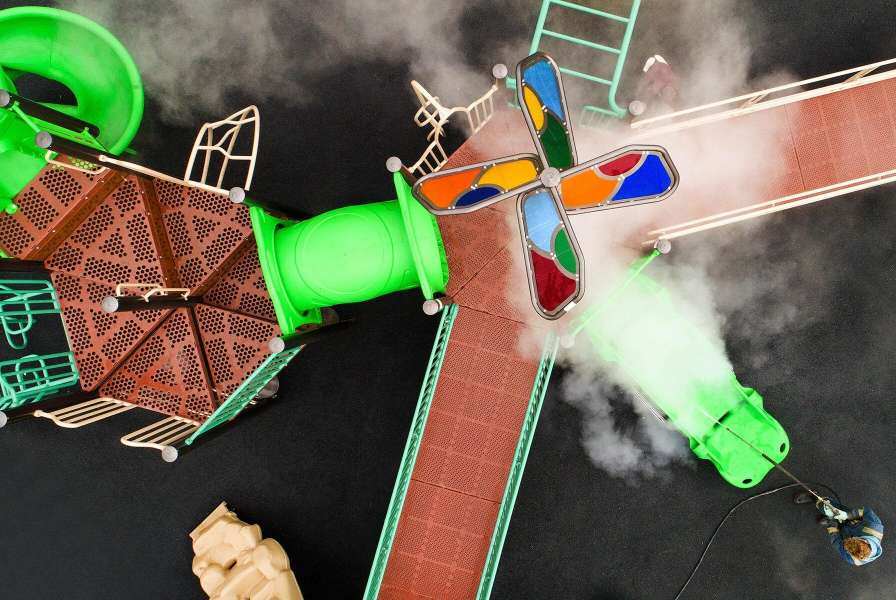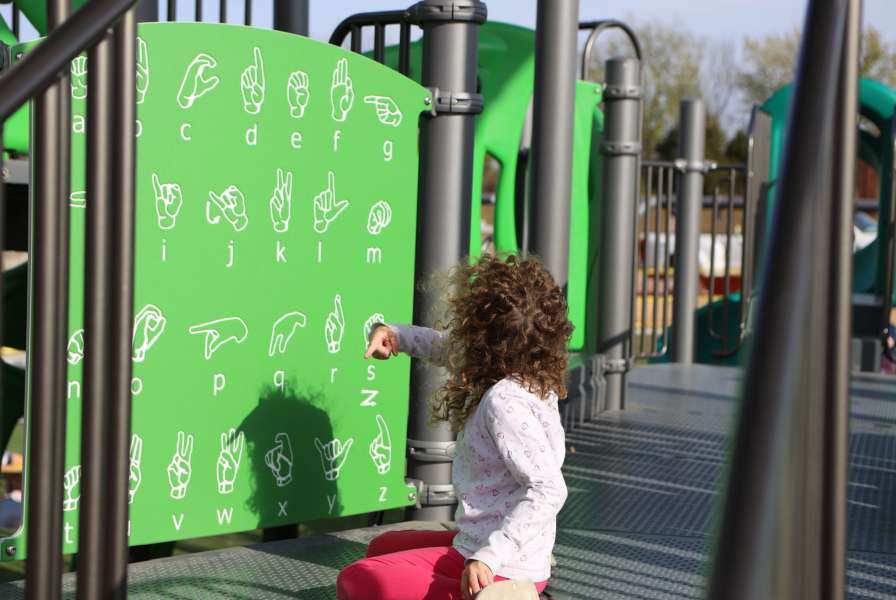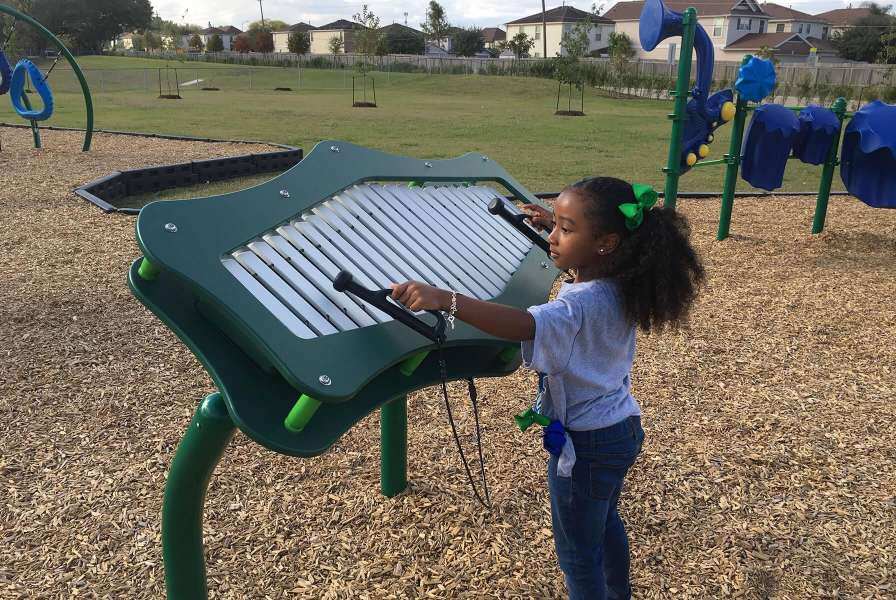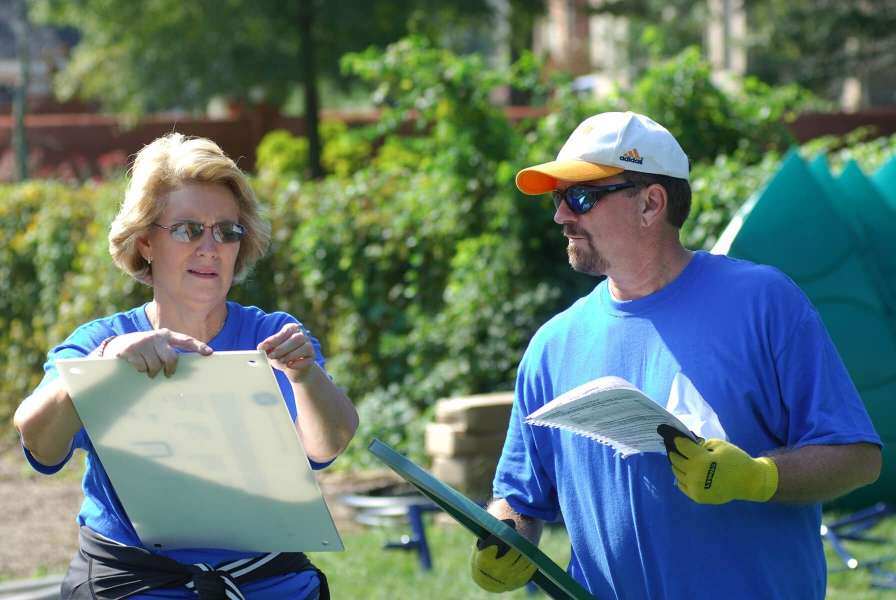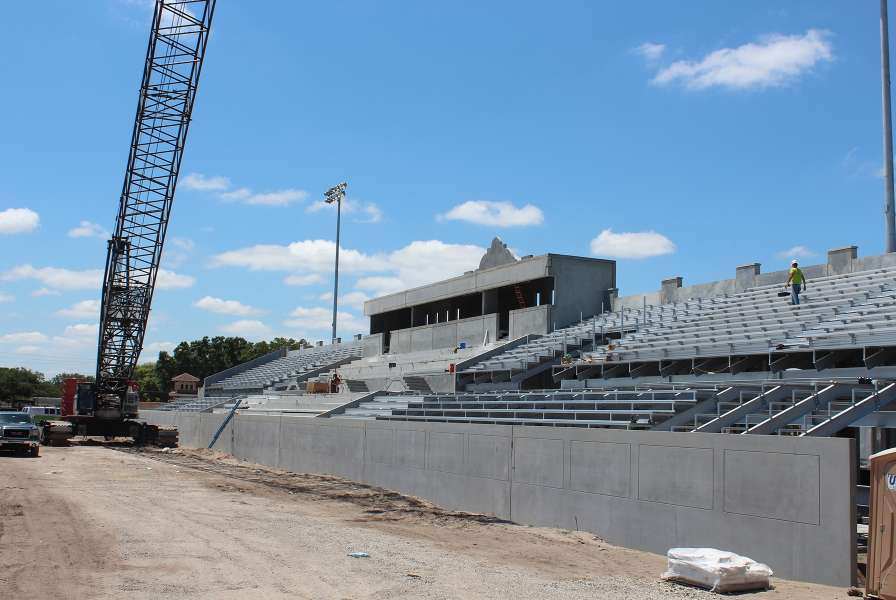Because play equipment and surfacing are subject to changes from use, abuse, and climate, they must be inspected on a regular basis. The frequency of inspection will be determined by many factors including equipment age, use, and materials, and external factors like the age of the users, climate, and vandalism, playgrounds: low frequency and high frequency.
Low Frequency Inspections
Often performed quarterly or semi-annually, low frequency inspections are in-depth investigations of the equipment and surfacing looking for wear and tear. This inspection requires a staff member with mechanical knowledge and extensive knowledge about play equipment and surfacing standards. During or immediately after the inspection, staff should do preventive maintenance and repairs and/or remove damaged equipment to remedy problems discovered in the inspection. An example of this type of maintenance would be replacing heavily worn chains that were noted during the inspection.
High Frequency Inspections
Often performed daily or weekly, high frequency inspections look at frequently changing conditions caused by use, weather, and/or vandalism. During a high frequency inspection, staff checks and corrects playground conditions such as loose-fill surfacing depths, sanitation issues, and the presence of trash and debris. If any hazards are discovered, staff should follow school or agency procedures such as completing documentation, taking the area out of use, and/or correcting the problem.
Playground Inspection Process
When new play equipment is installed and at the introduction of a new playground safety and maintenance program, it is good practice to have an audit of the equipment performed by a Certified Playground Safety Inspector (CPSI). The audit will note conditions that are not compliant with current industry standards and will form the basis for a systematic program of removal, repair, and/or retrofit.
Inspection Forms
Reports detailing inspections, maintenance, and repairs need to be completed for all types of inspections and maintenance. File these reports in an accessible location because they may be invaluable for ongoing maintenance, budgeting, staffing, designing new play areas, future play equipment selection, and other purposes.
Sample low and high frequency forms are included as part of the Playground Inspection and Maintenance Guidebook. They can be reproduced and tailored to meet the site and policy specific needs of your school or agency. Because of the variance of each play area, these forms should not be considered as comprehensive lists of playground hazards or maintenance requirements.
